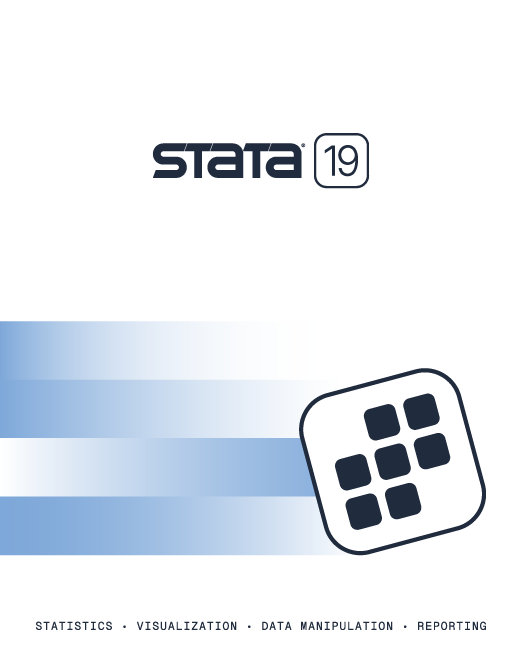
$495.00
Self-paced
Jump to course content
Learn about univariate time-series analysis with an emphasis on the practical aspects most needed by practitioners and applied researchers. Written for a broad array of users, including economists, forecasters, financial analysts, managers, and anyone who wants to analyze time-series data. Become expert in handling date and date–time data, time-series operators, time-series graphics, basic forecasting methods, ARIMA, ARMAX, and seasonal models.
Discounts available for enrollments of two or more participants.
Note: The previous four lessons constitute the core material of the course. The following lesson is optional and introduces Stata’s multivariate time-series capabilities.